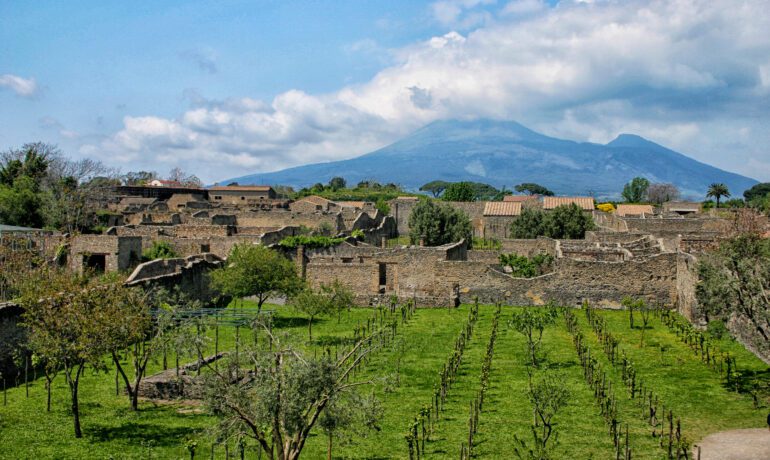Story by Valentina Phillips
Photos courtesy of Campanian wineries
Campania, located in southern Italy and often referred to as the "shin" of the country's boot, is celebrated for its breathtaking Amalfi Coast, delectable Neapolitan cuisine, and iconic landmarks such as Mount Vesuvius and Pompeii. However, Campania's rich wine heritage also deserves significant attention. Not only is it one of Italy's oldest wine regions, but it is also considered among the finest today.
Campania's winemaking success is rooted in its diverse climates and terroirs, which nurture around 100,000 acres of vineyards. The abundance of sunshine, hot and dry summers, mild winters, and unique volcanic soils create the perfect conditions for exceptional viticulture.
The Secret of Volcanic Soils
Campania's diverse soils, influenced by its proximity to Mount Vesuvius, play a crucial role in shaping the character of its wines. The soils in the Taurasi and Irpinia areas are volcanic, characterized by tufo (a type of volcanic tuff) and ash deposits. These soils impart a distinctive minerality and complexity to the wines, particularly those made from Campania’s most prominent red variety - Aglianico.
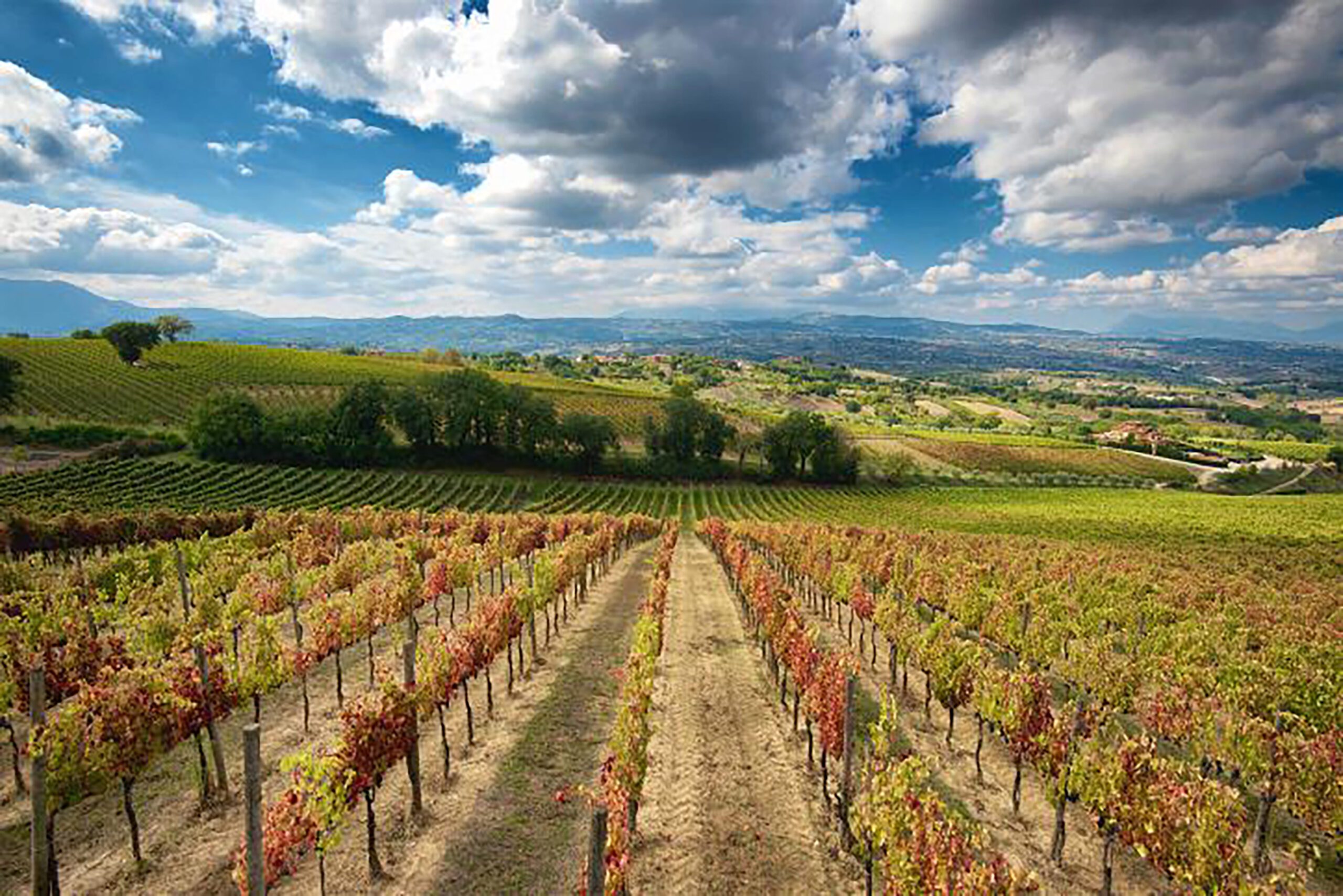
The coastal areas around Naples and Sorrento feature soils rich in limestone and clay, ideal for cultivating the famous white grape varieties Greco and Fiano. These soils contribute to the crisp acidity and vibrant fruit flavors found in Campania's white wines.
Unique Varietals and Must-Try Wines
Campania, akin to numerous Italian regions, boasts a remarkable diversity of grape varieties, some of which are exclusive to this area. Arguably the most significant is Aglianico. Introduced to the region by the Greeks and further cultivated by the Romans, Aglianico has deep historical roots in Campania's winemaking tradition. It is also the grape responsible for Campania's two renowned red wines: Taurasi and Aglianico del Taburno.
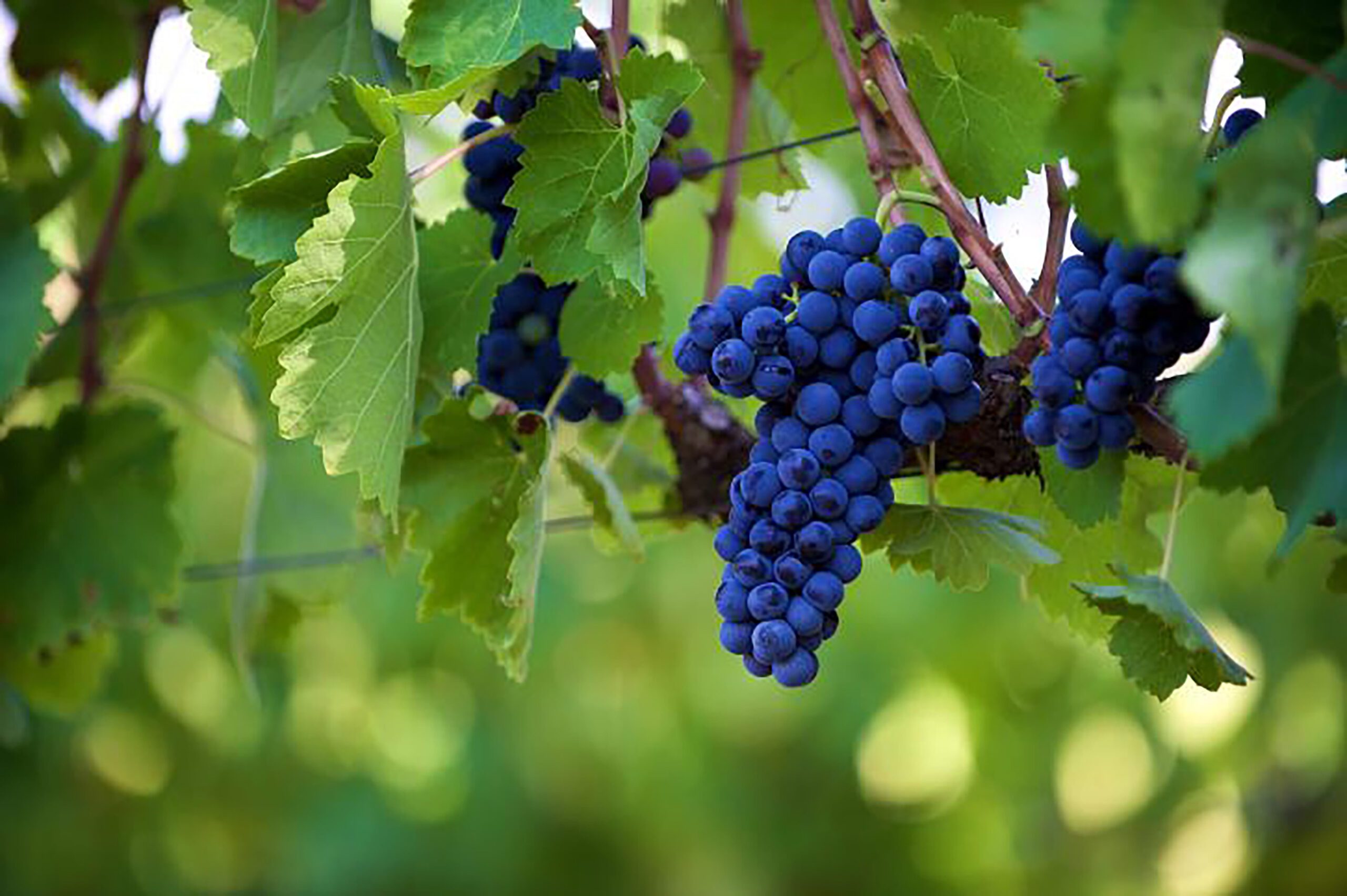
Taurasi, one of Italy’s most celebrated wines, boasts exceptional longevity, owing to Aglianico's robust tannins and natural acidity. This combination provides a strong foundation for extended cellar aging up to fifteen years with some exceptions remaining enjoyable even after 30, 40, or 50 years. The most famous Taurasi producer is Mastroberardino who led the way in the innovation of this wine as early as the late 1920s.
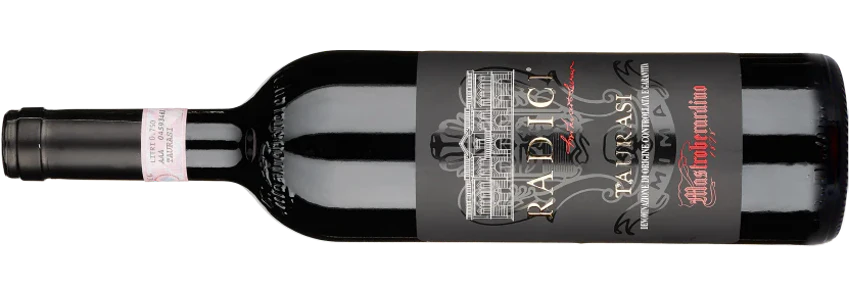
Aglianico del Taburno is a medium-full to full-bodied wine characterized by rich tannins, good acidity, impressive complexity, and weight. It pairs excellently with game or most red meats, and top examples can be enjoyed between 12 and 15 years of age
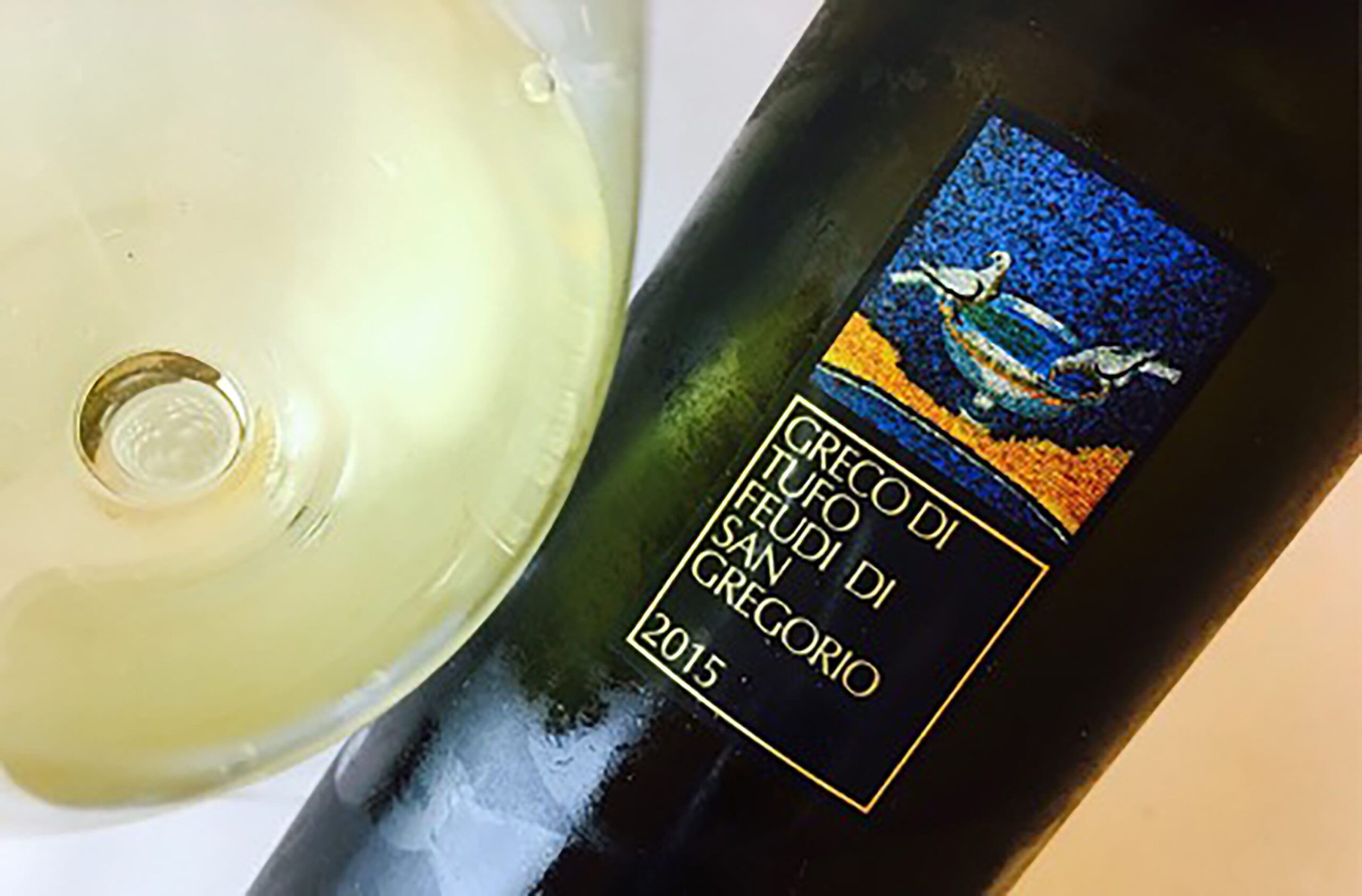
On the white wine front, Greco and Fiano are two standout grape varieties. Greco di Tufo, made from the Greco grape produces aromatic white wines with crisp acidity, floral aromas, and a distinctive minerality. Prominent producers of Greco di Tufo are Feudi di San Gregorio, Terredora di Paolo, and Cantine di Marzo.
Fiano di Avellino, crafted from the Fiano grape, is renowned for its elegant profile, showcasing flavors of ripe pear, honey, and almonds, complemented by vibrant acidity. Noteworthy producers of excellent Fiano di Avellino wines include Colli di Lapio, Villa Matilde, and Villa Raiano.
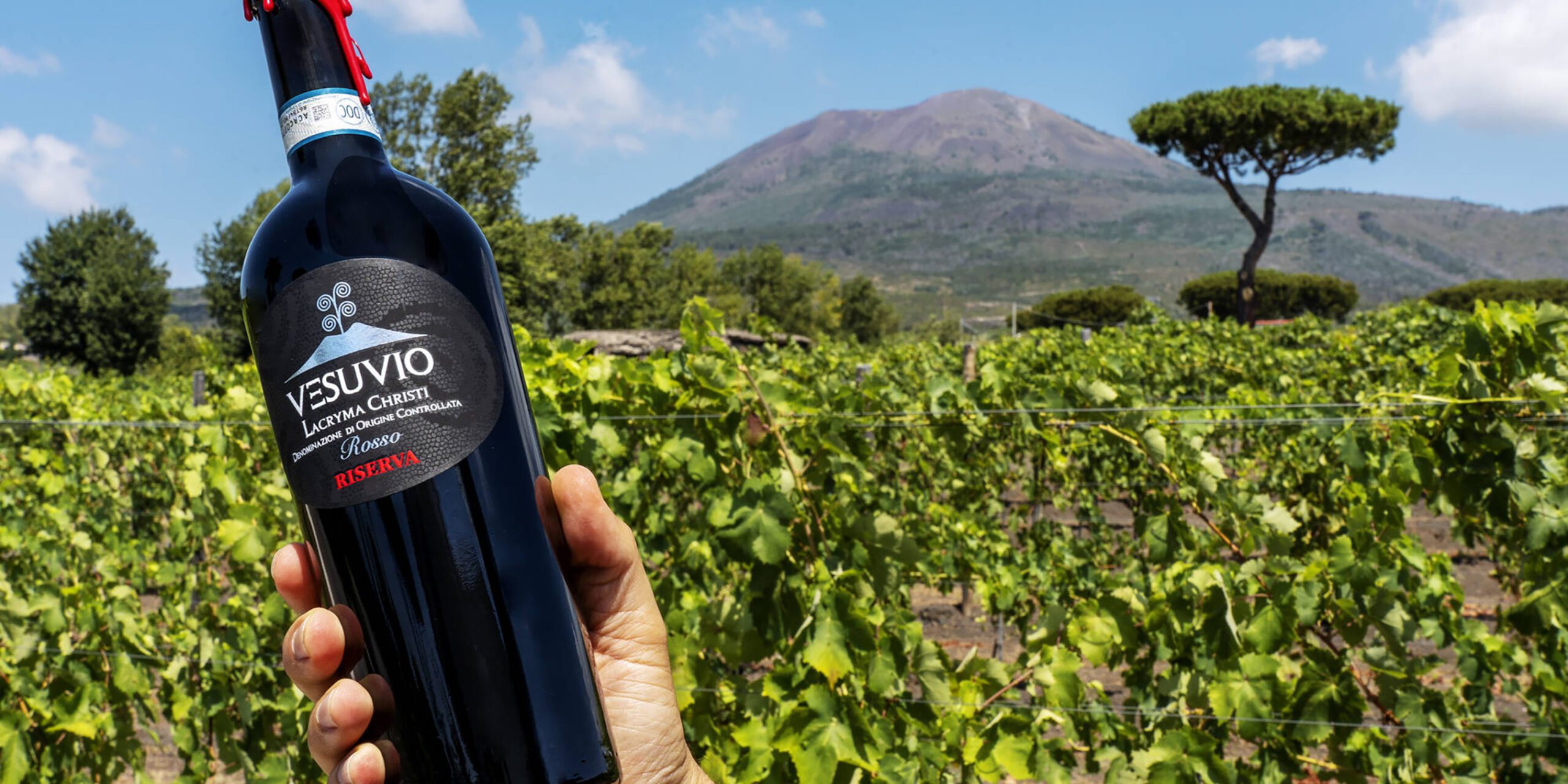
Another example of remarkable Campanian wines is found under the Lacryma Christi DOC, also known as "The Tears of Christ on Vesuvius." These wines are crafted from native grapes grown on the slopes of Mount Vesuvius, where vines delve into the dark and porous lava soil enriched with minerals, ash, and lapilli.
The white Lacryma Christi wines feature Verdeca and Coda di Volpe grapes, along with Falanghina and Greco di Tufo. They are renowned for their bright acidity, mineral nuances, and citrus flavors and are best enjoyed when young. The red wines, made from Piedirosso and Sciascinoso grapes, are bold and have the capacity to age gracefully for several years. While Mastroberardino is a prominent producer of Lacryma Christi del Vesuvio, there are other notable producers in the region that are equally worth exploring such as Cantina del Vesuvio, Cantine Olivella, and Casa Setaro.
Top Destinations and Cultural Treasures
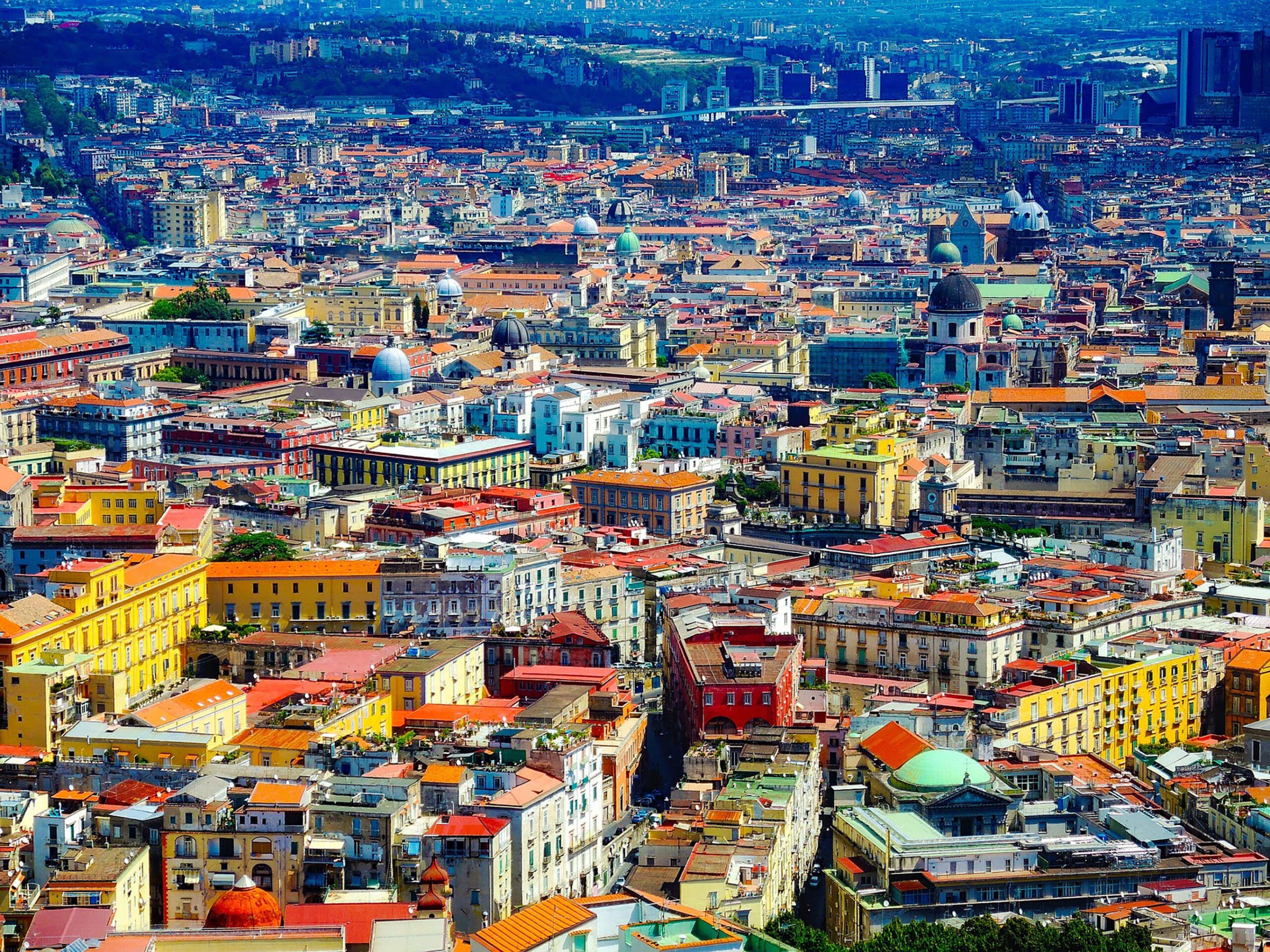
Naples
Naples is the heart of the Campania wine region and one of the most impressive cities in the Mediterranean. The historic center of Naples dates back over 2,500 years, and as you wander through its ancient streets, you'll immerse yourself in the captivating ambiance of bygone eras come to life. The Via Toledo boulevard takes you past elegant shops all the way to the seafront. The city's beauty is complemented by the irresistible aromas of pizza wafting from charming pizzerias on street corners, tempting you to stop and indulge in this local culinary delight. The city also offers a vibrant street food scene, with specialties like sfogliatella (a sweet pastry) and frittatina (fried pasta).
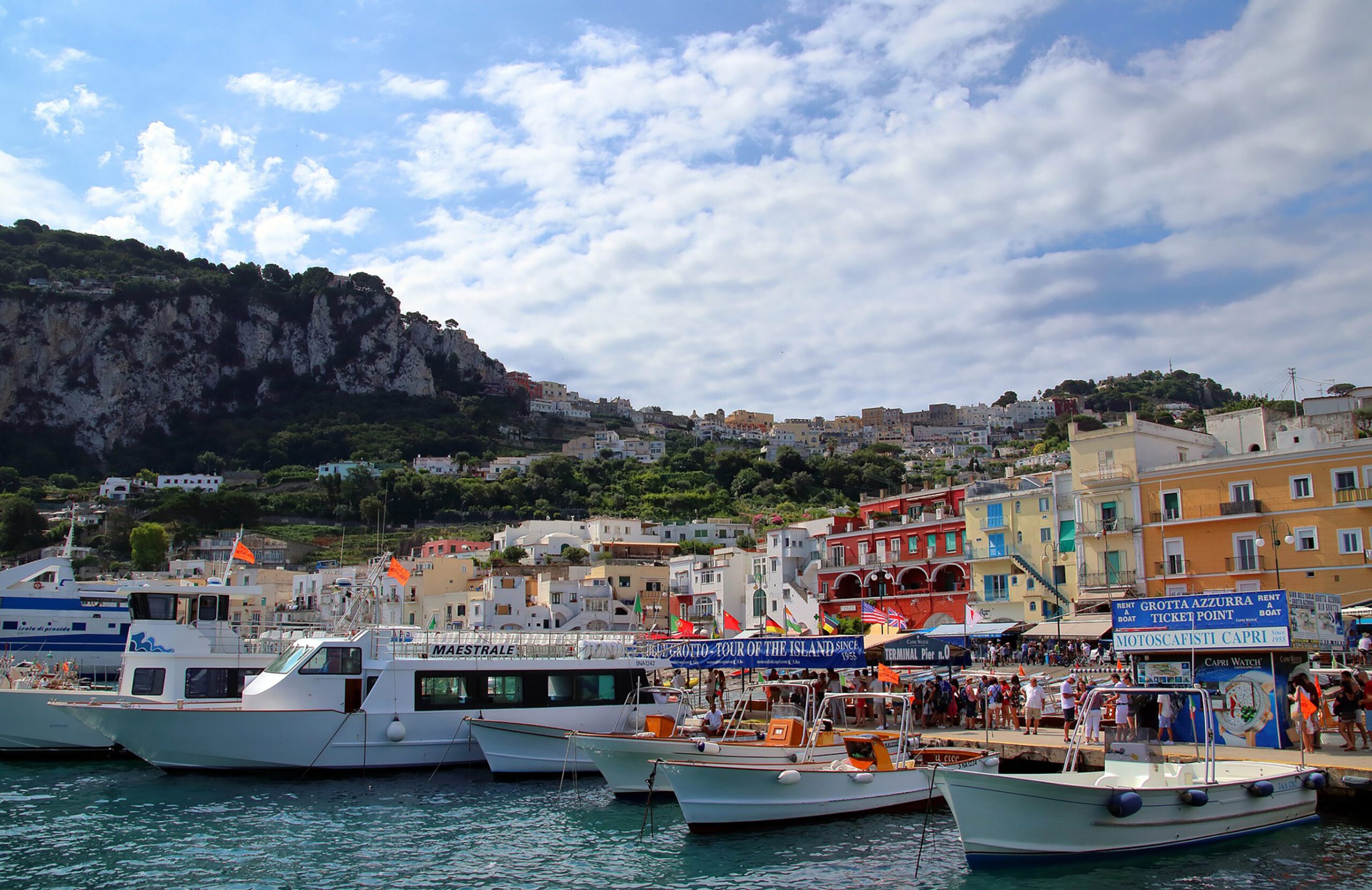
The Island of Capri
Take the ferry from the Port of Naples to explore the Island of Capri famous for is stunning sea caves nestled among peculiar rock formations. Capri, the capital, is situated on a lofty plateau. Its narrow, winding streets are adorned with upscale boutiques and inviting cafes. The picturesque harbor of Marina Grande invites you to relax and take in the surroundings.
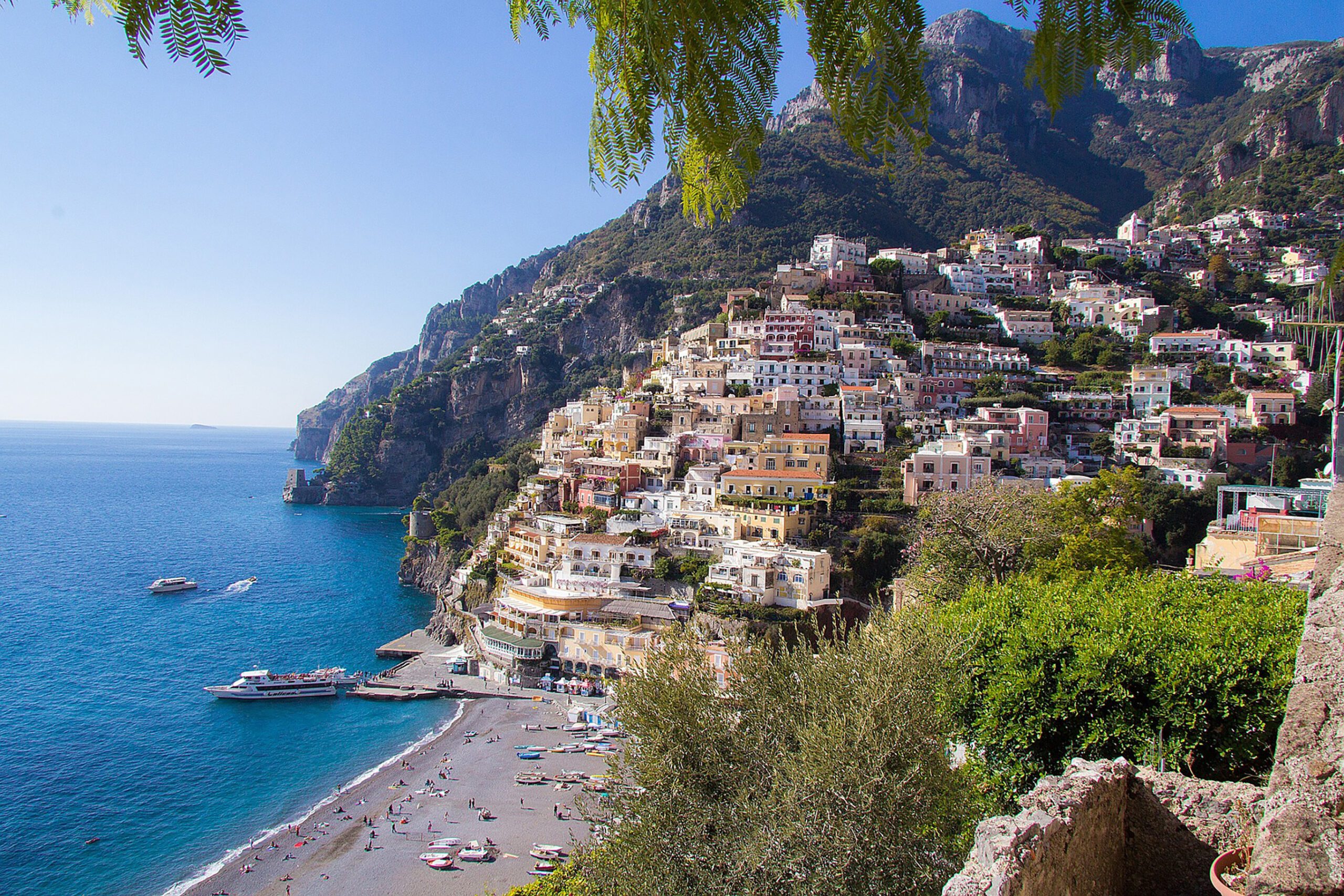
Amalfi Coast
The Amalfi Coast, famed for its stunning cliffs, is revered as one of the most beautiful landscapes on Earth. This UNESCO World Heritage site is characterized by winding coastal roads that offer breathtaking views of the rugged coastline, dotted with colorful towns like Positano, Amalfi, and Ravello. One of the most iconic drives in the world, the Amalfi Coast road winds its way along the cliffs, providing panoramic vistas of the Tyrrhenian Sea and the charming villages nestled precariously above.
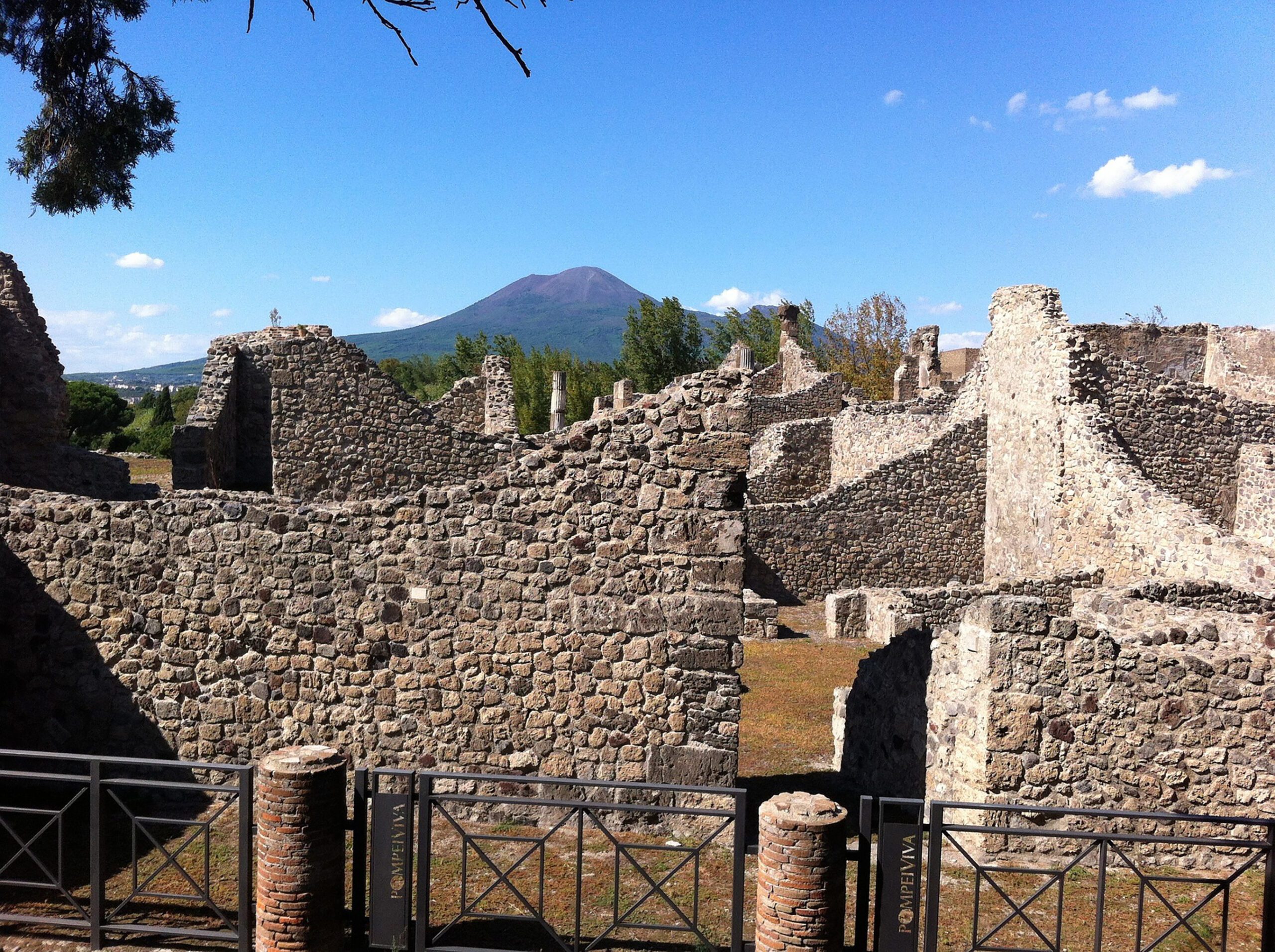
Mount Vesuvius and Pompeii
A trip to Campania would not be complete without visiting Mount Vesuvius the only active volcano in southern Italy. Its most catastrophic eruption in 79 AD buried the prosperous cities of Pompeii and Herculaneum under layers of ash, resulting in Pompeii becoming a fascinating town frozen in time. Visiting Pompeii offers an unforgettable experience of this historic event. In Vesuvius National Park, visitors can hike to the summit of Mount Vesuvius along designated trails, providing a unique perspective on this iconic volcano and its surroundings.

